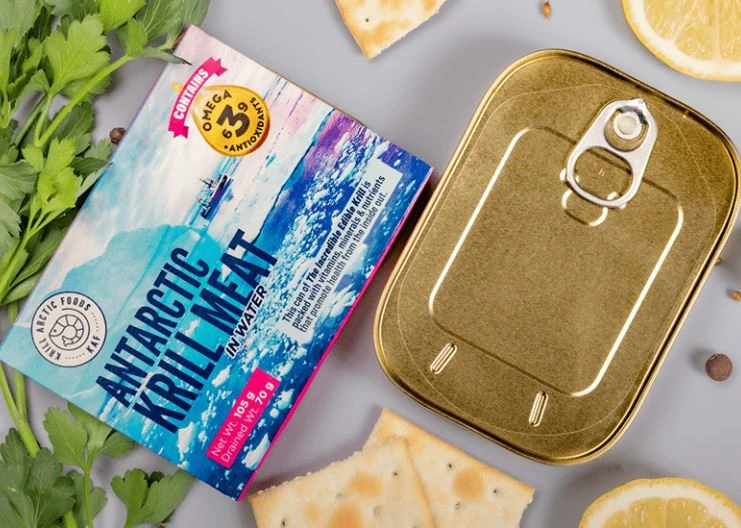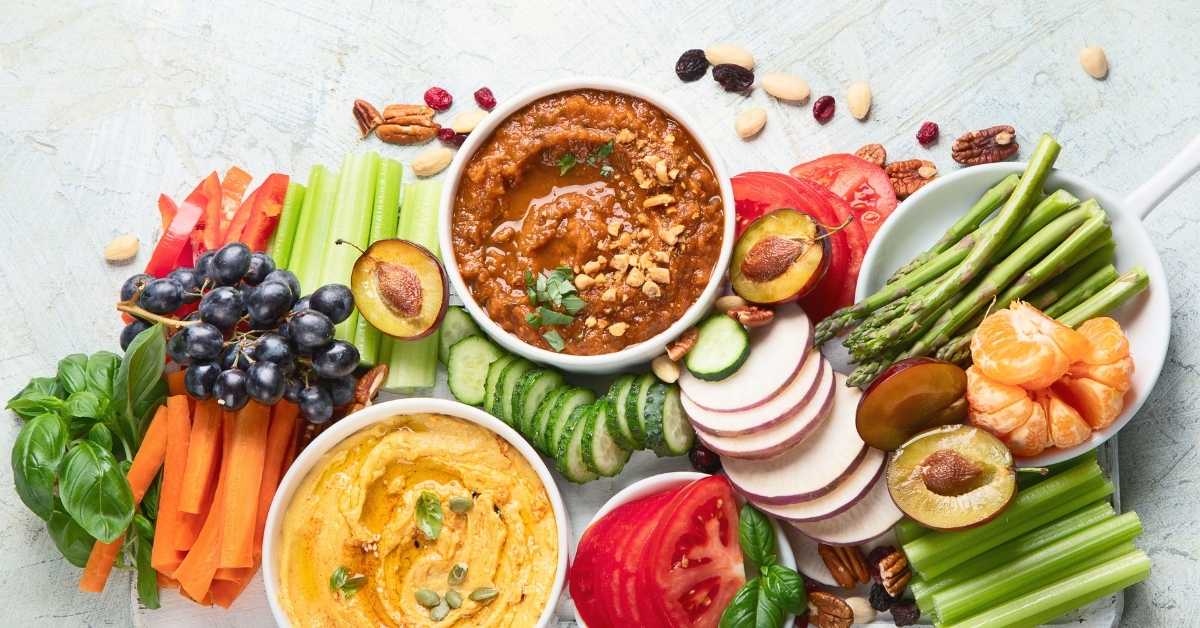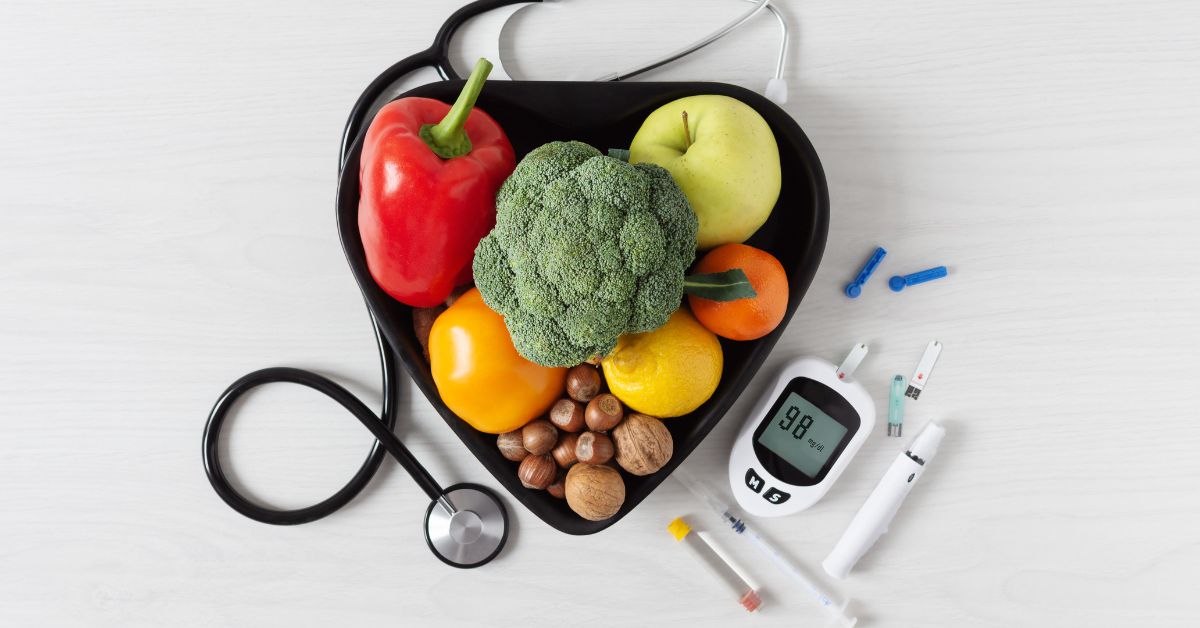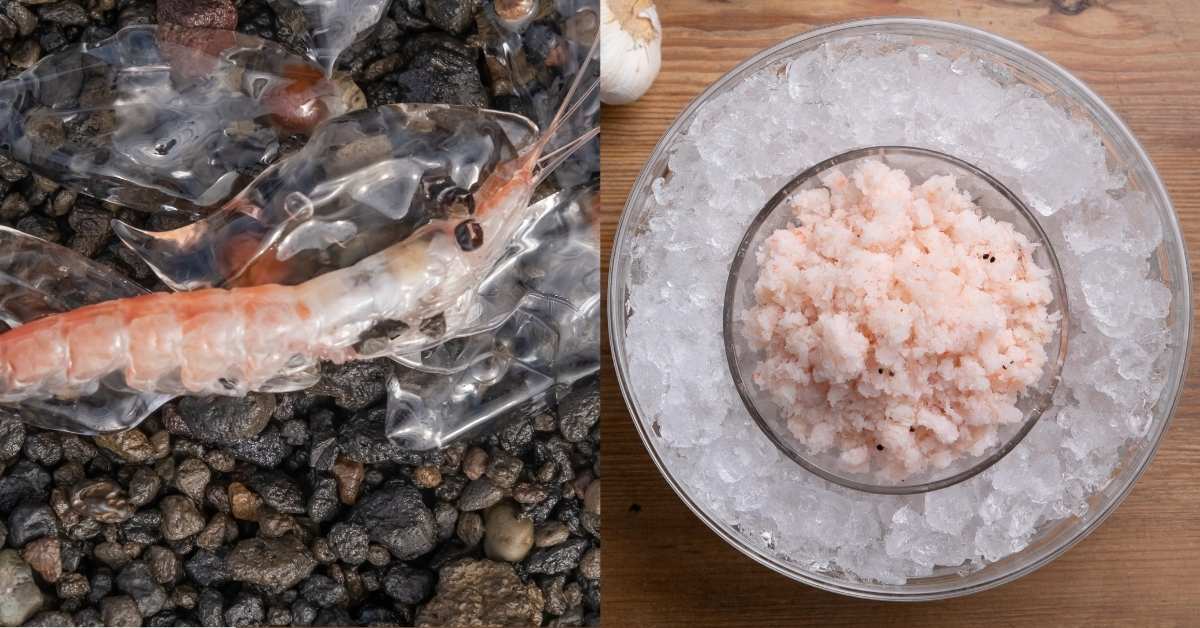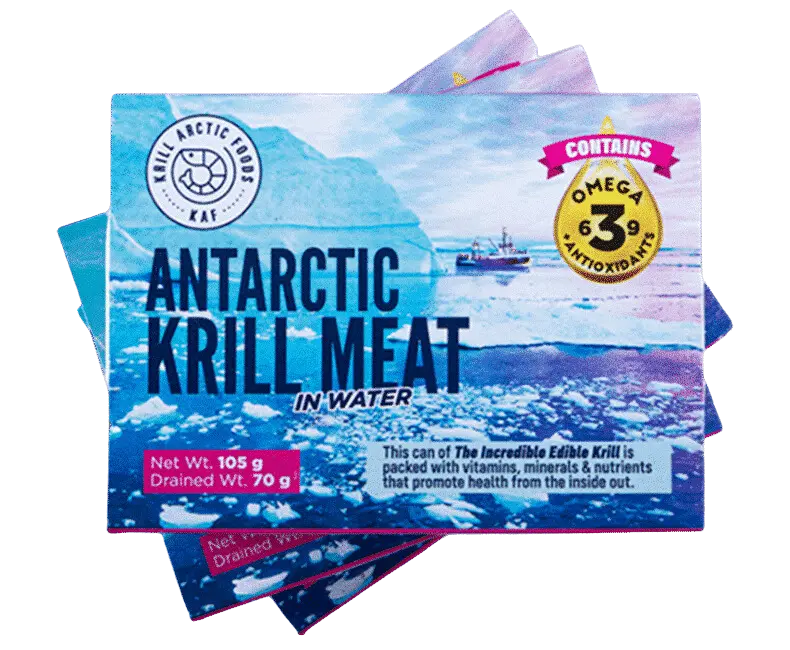- Home /
- How to Lose 20 Pounds in a Month: Sustainable Success Tips

Posted On:July 25th, 2024
How to Lose 20 Pounds in a Month: Sustainable Success Tips
Losing Twenty pounds in a month might seem like an ambitious endeavor, but it’s only partially out of reach with the right approach. You must set realistic goals, follow a balanced diet, and implement portion control. Incorporating regular exercise and staying hydrated will also be essential. Quality sleep and tracking your progress play significant roles in your success. Are you ready to break down these steps and understand how each can help you lose weight? Let’s look at how to make this challenging goal into a manageable and effective plan.
Set Realistic Goals
When establishing weight loss goals, it’s important to aim for a safe and achievable target of 1-2 pounds per week. Trying to shed twenty pounds in a month might seem enticing, but setting realistic goals is key to sustainable progress. Rapid weight loss can be tempting, yet it’s often not safe and can lead to potential health risks or quick weight regain.
To guarantee safe weight loss, prioritize long-term lifestyle changes over quick fixes. This approach not only helps you achieve your weight loss goals but also maintains the results in the long run. Sustainable progress means making adjustments you can stick with rather than drastic changes that are hard to maintain.
Visiting a healthcare provider for personalized guidance on setting your weight loss goals is essential. They can help you determine what’s achievable and safe based on your individual health needs and circumstances. Personalized guidance ensures your plan is tailored to your unique situation, fostering more effective and lasting results.
Follow A Balanced Diet
A healthy and portioned diet is crucial for achieving and maintaining weight loss goals. To lose 20 pounds monthly, focus on fruits, vegetables, lean proteins, whole grains, and healthy fats. These nutrient-dense foods support your weight loss journey and overall health. Monitor portion sizes and avoid high-calorie, processed foods with added sugars and unhealthy fats.
Prioritize fiber-rich foods like legumes, nuts, and whole grains to aid digestion and promote satiety. Regulating blood sugar levels by consuming nutrient-dense foods helps reduce cravings and prevent energy crashes, leading to more effective and sustainable weight loss.
Krill meat is an excellent addition to a balanced diet, offering a high-protein, low-fat alternative to traditional meats. Rich in omega-3 fatty acids, krill meat supports heart health and has anti-inflammatory properties. Additionally, krill meat is packed with essential nutrients like vitamins A, E, and D, which are crucial for overall health. Including krill meat in your meals can help diversify your protein sources, making it easier to stick to a balanced and nutritious diet.
Implement Portion Control
To control your portions, use the balanced plate technique:
- Fill half your plate with veggies
- A quarter with protein
- A quarter with whole grains.
These steps will help you avoid overeating and support your weight loss goals. Measuring your serving sizes with measuring cups or a food scale guarantees you eat only what you should. Focusing on portion control ensures you consume accurate portion sizes, which is essential for effective weight loss.
Using measuring cups and a food scale makes dividing meals into appropriate portions easy, preventing overeating. Mindful eating is knowing how much you put on your plate. When you measure your food accurately, you create a habit of recognizing what proper portions look like.
Incorporate Regular Exercise
How do you jumpstart your weight loss journey? Regular exercise is essential for achieving your weight loss goals. It is recommended that you strive for a minimum of 150 minutes of moderate-intensity workouts per week. This can encompass a combination of aerobic, resistance, and flexibility training to ensure a comprehensive and effective workout regimen.
Cardio activities like running, cycling, or swimming help burn calories, while strength and resistance training builds muscle and boosts metabolism, aiding in fat loss. High-intensity interval training (HIIT) is a time-efficient way to torch calories and elevate your metabolic rate.
Stay Hydrated
Staying well-hydrated is essential for your weight loss journey. Drink more water, especially before your healthy meals, to reduce calorie intake and boost metabolism. Avoid sugary beverages to cut empty calories and support your efforts to lose 20 pounds monthly.
Drinking water before meals can noticeably reduce your calorie intake and aid in weight loss. Water fills your stomach and reduces the likelihood of overeating. Staying hydrated is essential for proper hydration, supporting your metabolism and overall bodily functions.
To ensure you’re getting enough water, aim for at least 8-10 glasses a day.
Here are some easy ways to increase your water intake:
- Carry a water bottle: Bring a reusable water bottle wherever you go.
- Set reminders: Use your phone or an app to remind you to drink water throughout the day.
- Infuse your water: Add fruits or herbs like lemon, cucumber, or mint for a revitalizing twist.
- Drink a glass before meals: Make it a routine to drink a glass of water before every meal.
Avoid Sugary Beverages
While increasing your water intake, it’s also important to avoid sugary beverages that can undermine your weight loss efforts. Sugary beverages, like soda, energy drinks, and sweetened coffee, are packed with empty calories that don’t provide nutritional benefits. These drinks can greatly increase your calorie intake, leading to weight gain rather than the desired weight loss.
By cutting out sugary beverages, you can create a calorie deficit essential for weight loss. Replacing these high-calorie drinks with water or unsweetened teas can greatly reduce your overall calorie intake, helping you shed those extra pounds. Staying hydrated with water supports your metabolism and overall health, making it the best choice for hydration. Hydration isn’t only important for weight loss and overall health. Water helps your body function effectively, aids in digestion, and keeps your skin looking healthy.
Ensure Quality Sleep
Take 7 to 9 hours of sleep to maximize your weight loss efforts. Quality sleep is important in regulating hormones that control hunger and satiety. When you don’t get enough rest, your body produces more ghrelin, the hunger hormone, and less leptin, which signals fullness. This imbalance can increase cravings for high-calorie foods, making it harder to stick to your weight loss diet.
Here are some ways to improve your sleep quality:
- Create a bedtime routine: Wind down with activities like reading or meditating.
- Limit screen time: Reduce excessive exposure to blue light from phones and computers before bed.
- Keep your room cool: A comfortable sleeping environment promotes better rest.
- Avoid caffeine late in the day: Stimulants can interfere with your ability to fall asleep.
Track Your Progress
Monitoring your weight loss progress is crucial for staying on course and achieving your weight loss goals. Keeping a food record helps you track your daily calorie intake and guarantees you stick to your plan. A weight loss app can be invaluable for monitoring your progress, setting milestones, and staying motivated. Regularly weigh yourself to see changes in your body weight, and take body measurements like waist circumference to track inches lost.
Conclusion
Achieving your weight loss goals takes dedication and smart choices. You can make significant strides by setting realistic targets, eating a balanced diet, controlling portions, exercising regularly, staying hydrated, getting quality sleep, and tracking your progress.
Remember, patience and consistency are key. Focus on sustainable changes rather than quick fixes, and you’ll be on your way to a healthier, happier you. Keep at it, and don’t give up!
Frequently Asked Questions
Can You Lose Weight With Meat?
Including meat in your diet can be an effective weight-loss strategy, particularly when choosing lean and nutrient-dense options. One such option is krill meat, which offers a variety of benefits for those looking to shed pounds.
Can I Really Lose Twenty Pounds In A Month?
To lose 20 pounds monthly, maintain a strict caloric deficit, follow a balanced diet, and engage in regular physical activity. Consulting a healthcare provider before starting any aggressive weight loss plan is crucial to ensure your safety.
What Types Of Exercises Are Best For Losing Weight Quickly?
Doing exercises that make your heart beat faster, like running, biking, or swimming, can help you lose weight quickly. And lifting weights or doing other exercises that strengthen your muscles can also help. If you do exercises that make you tired for short periods, it can also help you burn a lot of calories.
Related Posts
Shop
Products You May Like
Lorem Ipsum is simply dummy text of the printing and typesetting industry
m Ipsum is simply dummy text of the printing and typesetting industry.


